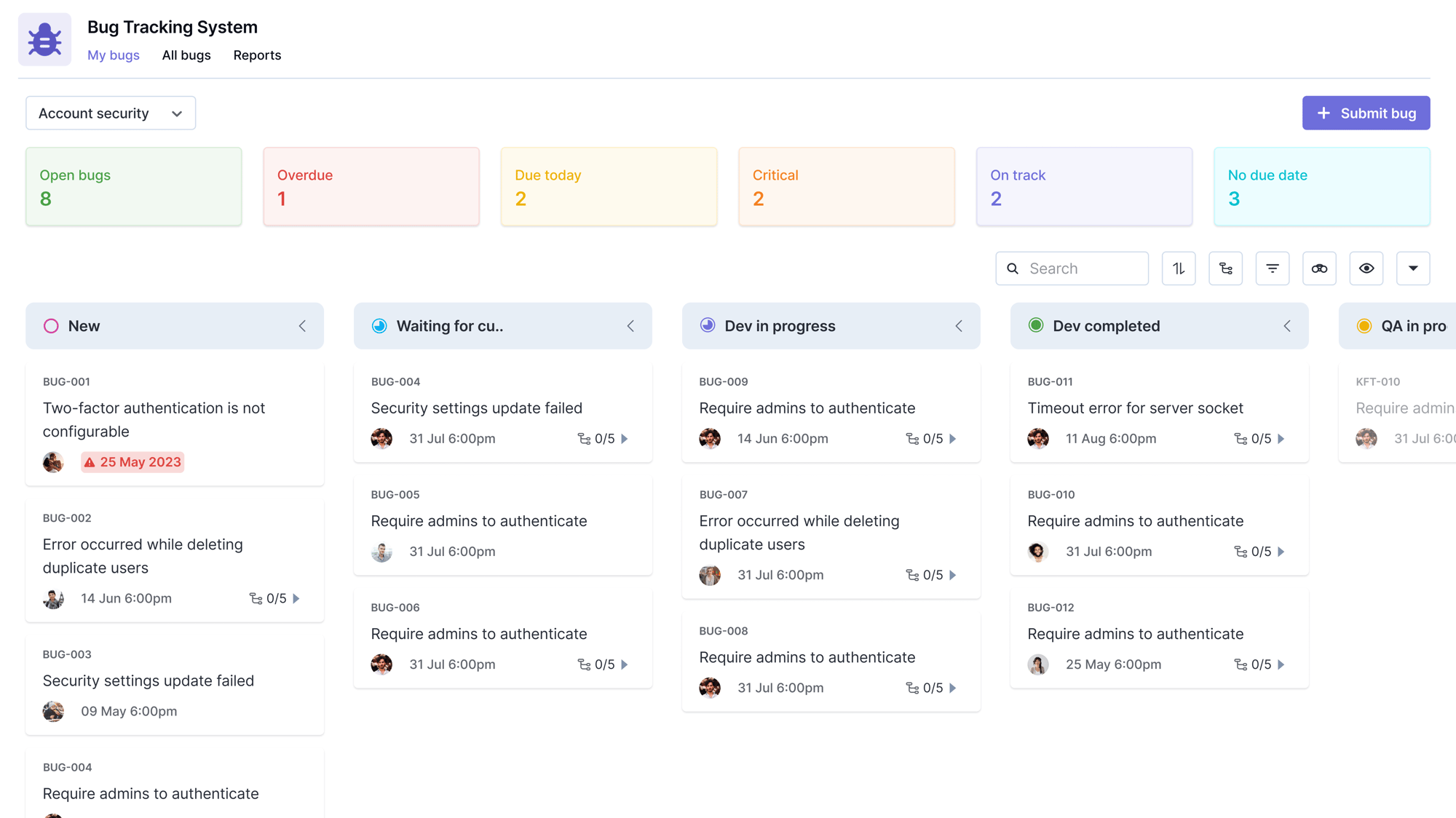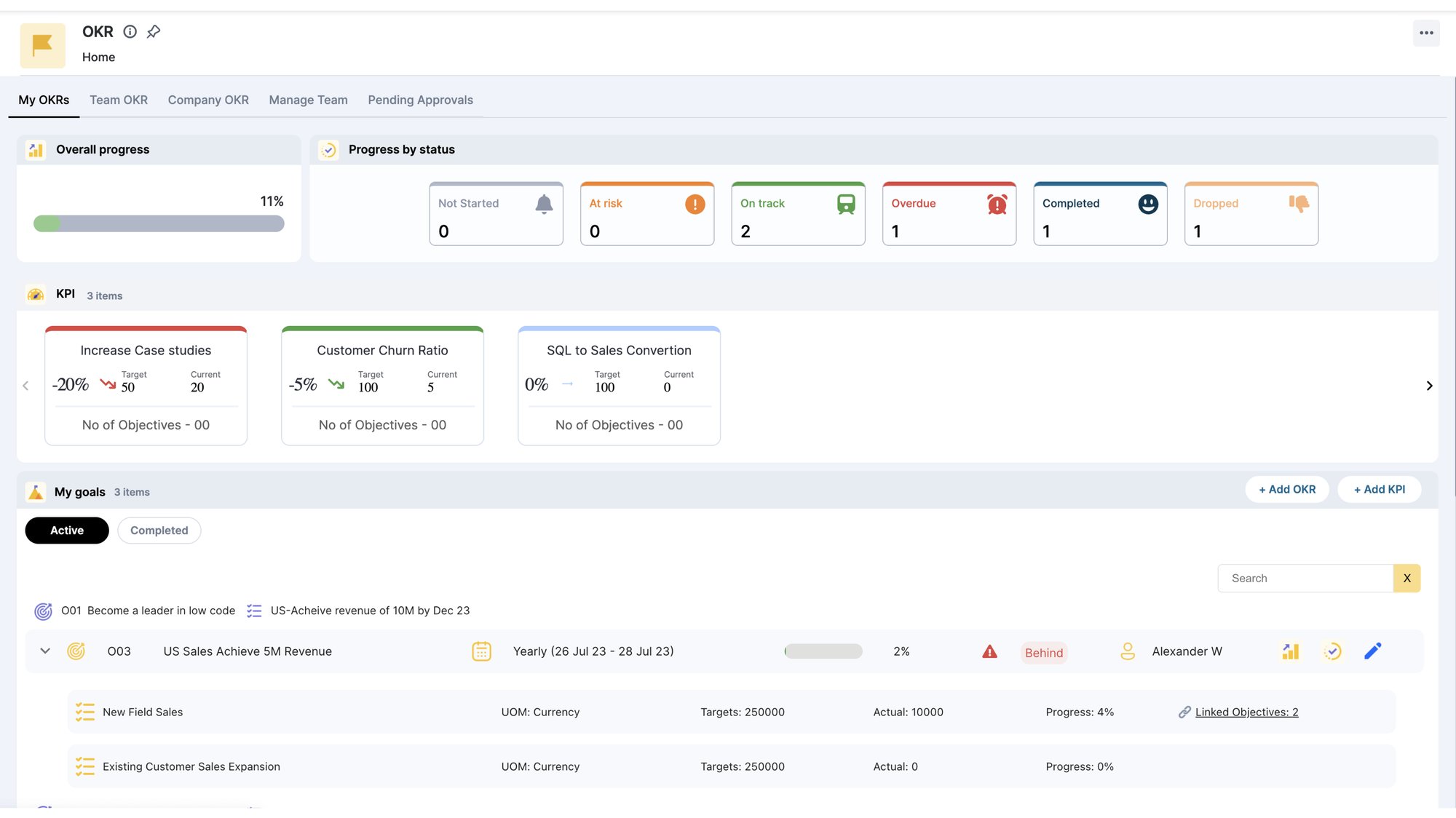Stuck in the nine-to-five routine, employees don’t consider teammates beyond their cubicle and feel disconnected from the company’s mission. The result? Haphazard teamwork that leads to miscommunication, confusion, and costly delays. Inward-focused employees produce inward-focused departments, significant barriers for cross-team collaboration. It’s “every person for themselves”—at the cost of business advancement.
Globally, managers are looking into team collaboration software as a popular remedy. It’s no secret that forming positive relationships, working with diverse team members, and negotiating constructive conflicts are crucial to creating groundbreaking teams and a thriving business. Collaboration in the workplace enriches the employee experience, creating a domino effect of higher employee engagement, collective innovation, and improved customer experience.
The question is, how can you build team collaboration in your organization? Adding another app to the digital mix doesn’t guarantee that teams will work together. However, the right combination of culture, tools, and expectations can cultivate collaboration to empower and inspire your teams.
What is team collaboration?
Team collaboration is working together as a group on a project, process, or concept to achieve a better result than what could be obtained individually. It involves brainstorming, thinking creatively, offering unique skills, seeing the bigger picture, and meeting a common goal. Team members share workloads while discussing ideas, new methods, or different perspectives to attain better solutions.
Conflict is an integral part of team collaboration as viewpoints are challenged, and team members must be equipped to handle friction constructively. Amidst the tension, employees are united around a shared goal—their company’s mission and vision.
Setting the stage for collaboration and teamwork
Collaboration isn’t something that can be suddenly announced and implemented in a matter of a few business days. An atmosphere conducive to collaboration must be established, beginning with these basic principles.
Open-mindedness
Team collaboration calls for a work environment where people are willing to share their thoughts and listen to others’ theories, input, and feedback. Every individual’s unique perspectives must be genuinely valued.
In a group of diverse individuals, views don’t always mesh…they can clash terribly. Employees must be ready to defend positions, settle for compromises, and go back to the drawing board. For example, if a project is near-end, and a group member must rethink their part of the process, a flexible attitude keeps resentment from taking root so the project can wrap up efficiently.
Defined standards
With so many communication options available, discerning which one to use for what purpose can be confusing. Communication policies outline rules for using email, messenger, document management systems, etc. and help limit the digital noise to a reasonable level. Clear protocols clarify the correct point of contact for each department, team, division, etc.
When roles and responsibilities are spelled out, group members can stay focused on their tasks while participating in collaborative conversations without getting sidetracked. From the management’s side, instructions need to be straightforward, but clarification requests from employees should be welcomed when necessary to encourage a receptive workplace.
Accountability
Ambiguity makes it difficult to hold someone accountable for their part, but when roles, duties, and goals are defined up front, it’s easier to be sure everyone’s pulling their weight. If a team member begins to fall short of expectations, a gentle reminder of the group’s roles can call an individual to action.
Without strong accountability, the base for team collaboration will be weak. Sure, mistakes and miscommunication happen, but teams can quickly recover from blunders when accountability is valued and regularly practiced.
Centralized workplace
The abundance of collaboration software options enables teams to do practically anything together, but often apps are “pasted” together to cover all the types of work and discussions. Group members become burdened by cumbersome digital chatter and constant app toggling. No wonder 66 percent of workers want a single platform for communications.
A centralized workplace houses all data, work, and conversations, simplifying protocols while relieving workers of the counterproductive tech overload.
Remote and co-located team collaboration
A blend of remote and on-site team collaboration leverages the advantages of both options for impressive results.
Remote
Cloud team collaboration apps enable group members to stay in touch at any time, anywhere. New members, whether full-time or gig workers, can be quickly introduced. Since work isn’t tied to geographic location, an extensive pool of talent is available to add expertise.
Remote collaboration isn’t without drawbacks. Immersion in purely digital communication can diminish the human touch, and responses are sometimes taken the wrong way. It’s important for everyone to keep an open mind, remember the common goal, and schedule occasional calls to maintain genuine connections.
Co-located
Open office spaces provide more opportunities for face-to-face, personal discussion, whether impromptu or planned. On-site collaboration adds an extra dimension to business relationships by being physically present together. Sharing daily life experiences, even in brief conversations, put employees more at ease with each other and fosters a positive work environment.
Of course, on-site collaboration limits the pool of potential group members to the local area. Also, it can take a while for newcomers to feel included in a closely-knit group.
How can you build team collaboration?
Here are four clear ways to building a collaborative team culture.
1. Pinpoint and promote a purpose for collaboration
Until your employees understand why they should collaborate, building team collaboration will be an uphill battle. For employees to fully engage, they need to understand the cause first. Think through the business problems that team collaboration will address, both internal and external. How will collaboration add value to teamwork and the business as a whole?
Since teams collaborate toward a shared goal, select some groups to help define the collaboration cause together. As seemingly unrelated teams work together to determine the reason for collaboration, they will find common ground and be more eager to participate in cross-team collaboration. Defining rules and expectations for contributions should be a joint effort, giving every side a say in the strategy.
2. Lead by example
Team collaboration initiatives don’t last long if there’s little to no involvement from top management. Executives must take an active role in collaboration amongst themselves. Teams can’t model collaboration—and won’t buy into its value—unless they see management collaborate.
Collaboration is more “caught than taught.” Giving employees a tool they don’t know how to use (or don’t want to use) won’t affect the end game. However, employees will take notice and be more likely to jump on board when leaders are effectively proving the tool’s usefulness.
The Project Management Institute reports engagement and collaboration with executive sponsors as a top driver of project success. If you want to generate improved results through collaboration, leading by example is crucial.
3. Celebrate diverse personalities
Corporate cultures centered on collaboration don’t see personality differences as something to be annoyed by, but something to celebrate. A wide variety of qualities are needed to form well-balanced, productive teams.
Distribute a personality test such as the Enneagram or an online enneagram personality test to help individuals better understand their own traits and to build empathy for others. The team member who always has something to say may not necessarily be arrogant, but just an external processor who thinks out loud to unravel ideas. Give team members an opportunity to share personal backgrounds, areas of expertise, strengths, and current responsibilities. Understanding personality types helps workers focus on the problems at hand, other colleagues’ quirks.
4. Offer rewards or incentives for collaboration
An in-depth scientific study by Garbers and Konradt revealed team performance is positively affected by team-based rewards. When rewards are offered only for individual achievements, employees receive a mixed message and decide it’s more convenient to work alone instead of investing the effort to collaborate.
However, if team-based rewards such as bonuses, recognition, benefits, and development/career opportunities are awarded on a team basis, workers are more likely to put their heads together. Group members have a solid reason to converge and hold each other accountable to get the job done on time.
When technology helps and hurts
For nearly every imaginable business function, there is now an app. Sure, most apps can help a team more efficiently execute operations, but what happens when business operations are spread out across numerous platforms? Communication becomes sloppy, productivity suffers, and employee stress spikes.
The key to finding harmony with business technology is selecting a collaboration tool with different features to consolidate fragmented data and cut down on the app juggling. Connect other core business software to a centralized workplace with easy API integrations to further streamline work and communication.
Laying down reasonable expectations for response time to discussions or inquiries can also be helpful. When workers don’t have to stress over picking up the phone after work hours, they can return to the office more refreshed in the morning.
How can Kissflow contribute to team collaboration?
Building effective team collaboration requires a thoughtful combination of company culture and tools. Kissflow supports collaboration initiatives by connecting teams in a unified digital workplace.
Host work-centric discussions in organized channels where employees can easily share knowledge or documents, collect internal surveys, and request feedback. A powerful search engine enables employees to find what they need instantaneously.
To boost productivity, teams also need a place to automate repetitive processes, plan projects, and handle cases. Kissflow empowers businesses with an intuitive, multi-module application to simplify work and alleviate confusion.
An opportunity to inspire employees, cut costs, and centralize business operations lies at your fingertips. Take the next step on your mission to build collaboration and try a Kissflow demo today.
Get started with the Kissflow Platform and learn how to leverage its features to drive better results.
Your search for Digital workplace has landed you here. Wondering why?
As a user, you'll experience the full value of Kissflow by implementing it across departments for diverse use cases rather than just addressing isolated needs like a project management tool for a single team or department.
.png?width=2000&name=admin%20dashboard%20(2).png)










